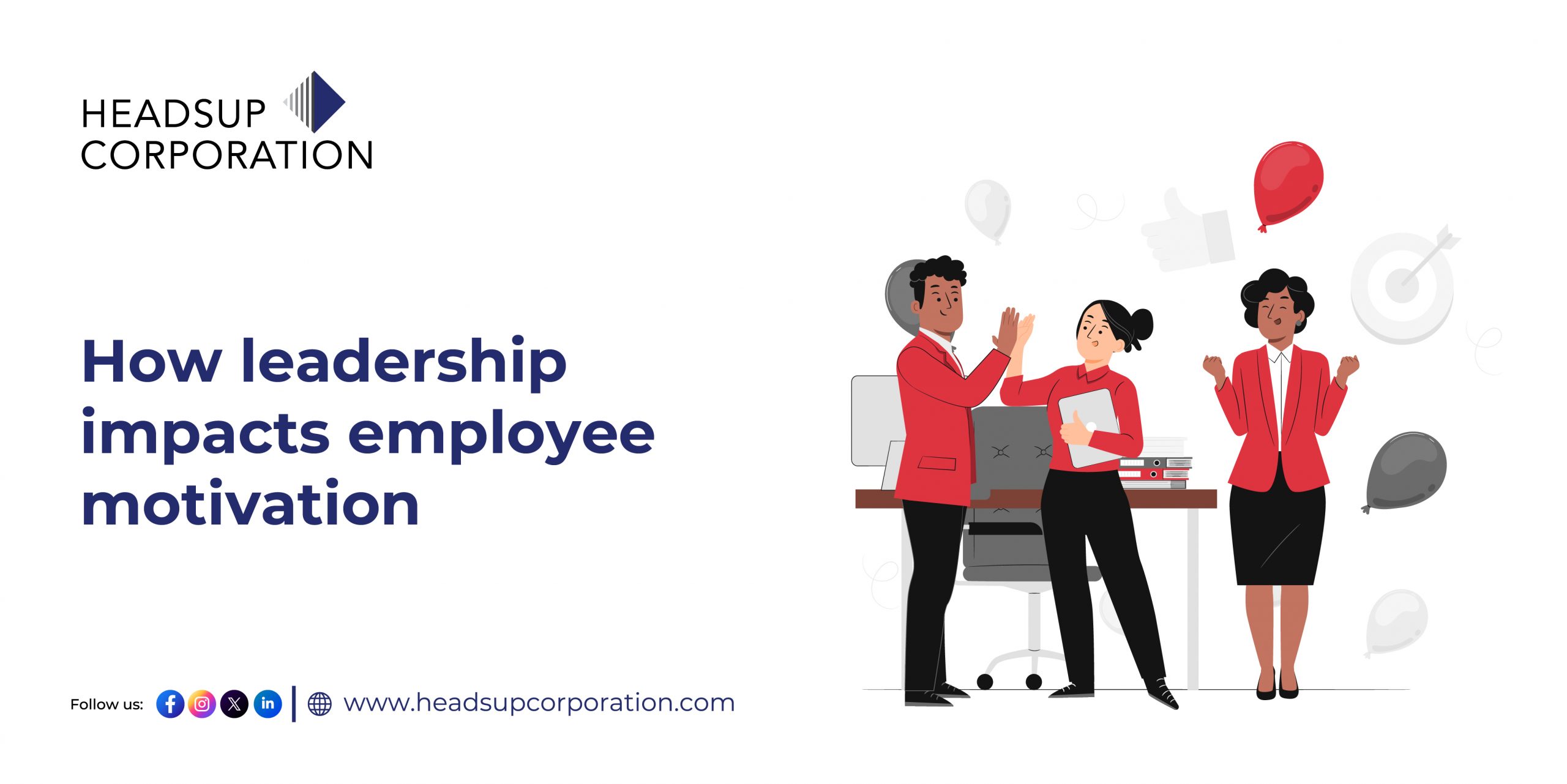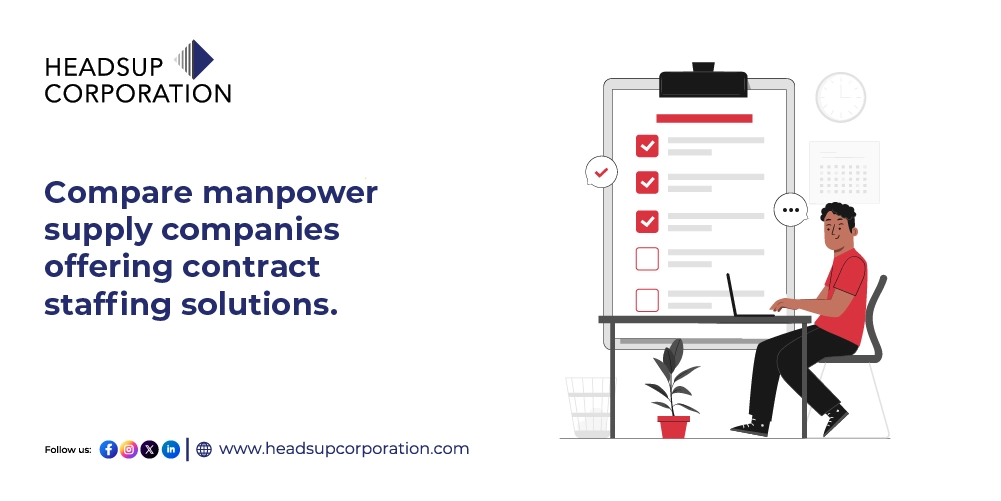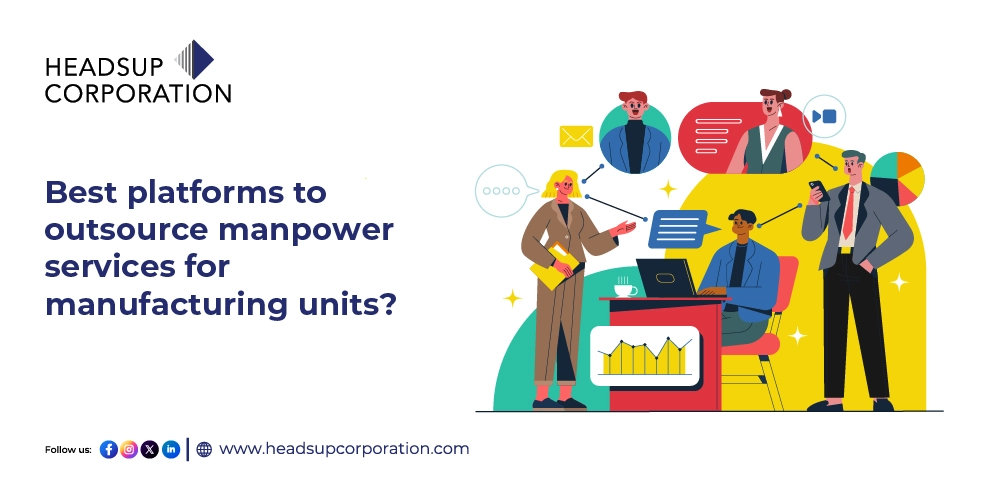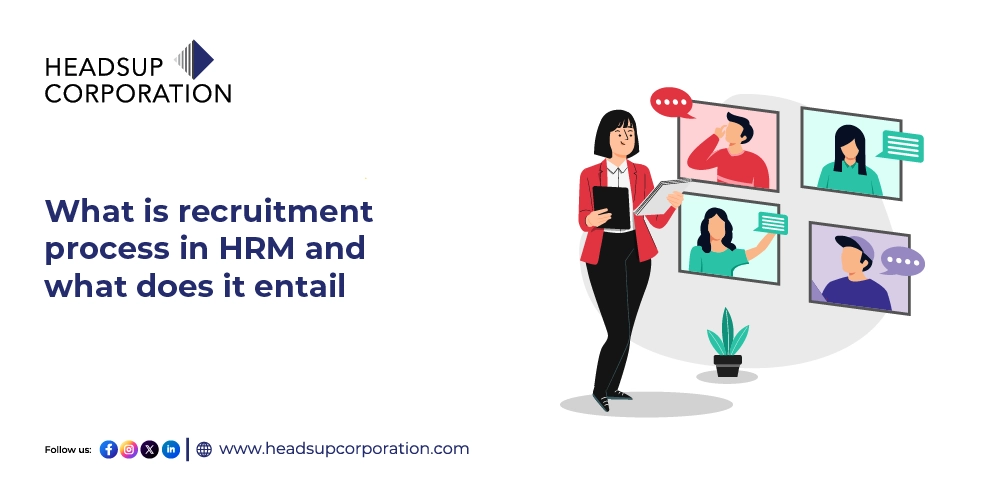
How Leadership Impacts Employee Motivation
Leadership is often described as the art of influencing people, but its impact goes far beyond guidance or decision-making. The way leaders behave, communicate, and structure work directly shapes employee motivation, engagement, and ultimately organizational performance. For HR teams and managers, understanding this connection is key to creating a culture where employees thrive.
According to a Gallup study, managers account for at least 70% of the variance in employee engagement scores. This means leadership doesn’t just shape culture, it’s the single largest determinant of how inspired or indifferent employees feel about their jobs. When leaders lead with purpose and compassion, motivation becomes self-sustaining rather than situational.
How Leadership Impacts Employee Motivation Steps
Setting the Tone
Leaders are the living embodiment of organizational values. When they consistently model integrity, transparency, and accountability, employees feel aligned with the organisation’s purpose. This alignment acts as a motivator because people naturally want to contribute to goals they respect and understand.
Impact on motivation:
- Clear expectations reduce ambiguity and stress.
- Recognition of ethical behavior fosters pride and commitment.
- Leaders’ actions often inspire similar behaviors across teams.
Visionary Leadership
A leader with a compelling vision does more than assign work, they connect everyday tasks to a larger purpose. When employees see how their contributions drive organisational success, their intrinsic motivation rises.
Practical ways leaders inspire:
- Communicating a clear, relatable vision.
- Linking individual goals to team and organizational objectives.
- Celebrating milestones and progress to reinforce meaning.
Empowerment and Autonomy
Micromanagement kills creativity and motivation. Leaders who delegate authority, trust employees,and provide autonomy encourage ownership of work. This helps evoke intrinsic motivation, as employees feel valued and capable.
Key leadership practices for empowerment:
- Providing clear goals but freedom in approach.
- Encouraging decision-making at appropriate levels.
- Offering resources, training, and support without hovering.
Feedback and Recognition
Regular, meaningful feedback is one of the most potent tools a leader has to boost motivation. Recognition, whether formal or informal, signals that effort is seen and valued.
Effective leadership strategies:
- Use continuous feedback loops instead of annual-only appraisals.
- Recognise both outcomes and effort to sustain motivation.
- Personalise recognition to align with employee values and aspirations.
Developing People
Leaders who invest in their employees’ learning and development signal that they care about their growth, not just output. This nurtures motivation by creating opportunities for advancement and mastery.
Leadership-driven development strategies:
- Mentoring and coaching programs.
- Encouraging skill-building projects and stretch assignments.
- Offering clarity on career paths and internal mobility.
Emotional Intelligence
Leadership isn’t only about strategy, it’s about empathy. Leaders with high emotional intelligence can sense team morale, address frustrations proactively, and tailor their approach to individual motivators.
Impact of emotionally intelligent leadership:
- Builds trust and psychological safety.
- Reduces burnout and disengagement.
- Enhances collaboration and team cohesion.
Leading by Example
Ultimately, leadership motivation is contagious. Employees mirror the energy, work ethic, and commitment of their leaders. Consistency in behavior, accountability and enthusiasm sets the tone for team culture.
Leader behaviors that inspire motivation:
- Demonstrating resilience in challenges.
- Showing humility and openness to feedback.
- Maintaining consistent communication and visibility.
At Headsup, we view leadership as the primary driver of employee motivation and engagement. Our approach focuses on empowering leaders to inspire, guide, and support their teams effectively. This includes:
- Leadership Coaching & Development: Equipping leaders with the skills to communicate vision, provide feedback, and model behaviors that foster engagement.
- Empathy-Driven Management: Training leaders to understand individual motivators, maintain psychological safety, and build trust.
- Integration with HR Strategies: Aligning leadership practices with broader HR initiatives such as recognition frameworks, performance management, and employee development programs.
By embedding these practices, Headsup helps organisations create motivated, high-performing teams where employees feel valued, aligned and capable of contributing to long-term success.






